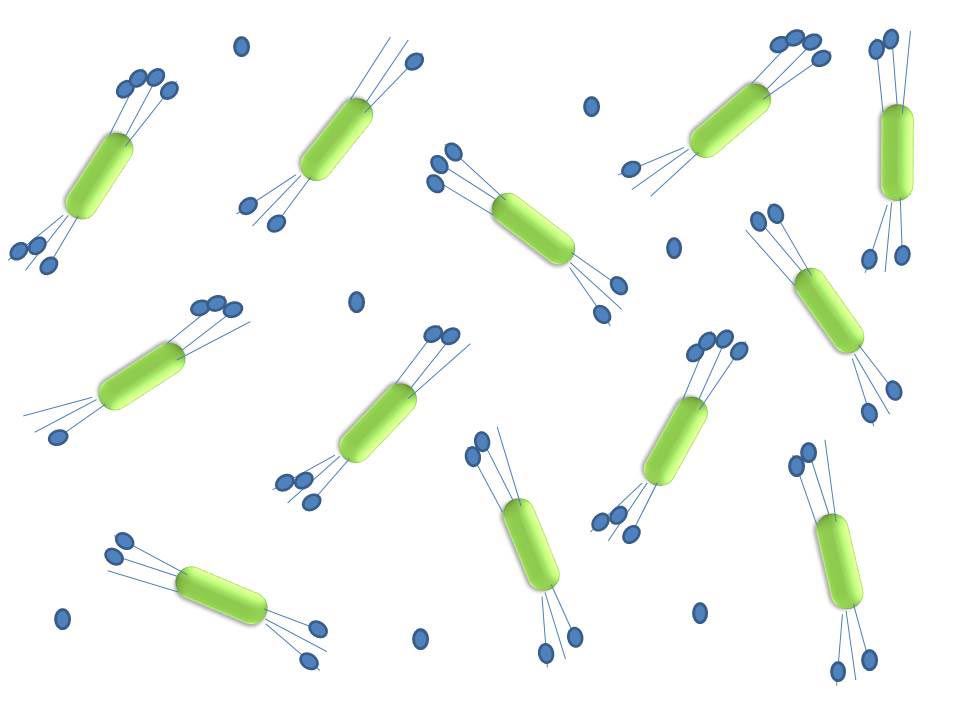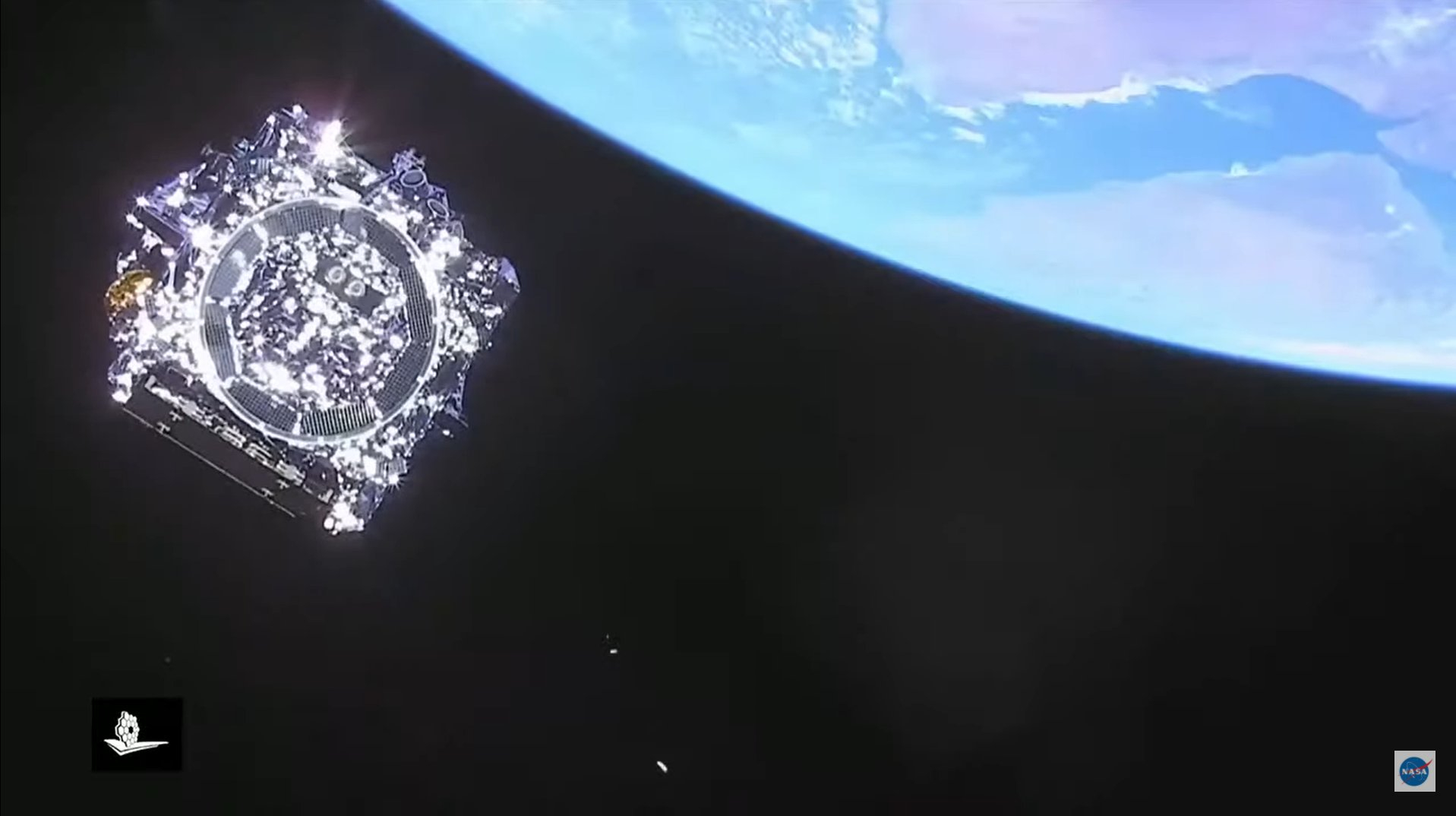
Nature & Technology
Researcher from Chalmers has created small vessels that are only one thousandth of a millimeter thick and that can be controlled using the power of light. The vehicles can run in controlled orbits and transport other particles. Light has an inherent power that can move microscopic objects. That discovery is the basis for the Nobel Prize-winning optical tweezers, where scientists could show how a focused laser beam can capture and hold particles with great precision.
Now a research group at Chalmers University of Technology and the University of Gothenburg has shown that the power of unfocused light, a so-called plane wave, can be used to control a microparticle in a controlled orbit. The research was recently presented in a scientific article in the journal Nature Nanotechnology And a thousandths of a millimeter thick The small vessels that the researchers have made are ten micrometers wide and one micrometer thick, ie only one thousandth of a millimeter. The minimal particles have been coated with an artificial material – a so-called meta-surface.
– According to Newton’s third law, there is an equivalent and opposite reaction to each event. In this case, it means that when the light reaches the meta surface, it deviates in a new direction, and the reaction force causes the microscopic vessel to move in the opposite direction. It’s like playing billiards and two balls hitting each other and going in different directions. You can compare the meta surface and the light, the photons, to two billiard balls that collide with each other, says Mikael Käll, professor at the Department of Physics at Chalmers University of Technology and responsible for the research project.
Can put other particles in front of it – The metaphores are stable, and we can navigate them in a predictable and controllable way. With advanced automatic feedback systems and more sophisticated control of the intensity and polarization of the light source, even more complex navigation could be possible, says Daniel Andrén, former doctoral student at the Department of Physics and first author of the article. The researchers were also able to use the metaphores as conveyors by getting them to putt small particles in front of it in the water tank. They could easily move, among other things, microscopic plastic particles and yeast cells. The metafark even managed to move a grain of dust 15 times larger than itself. – In the exploration of optical forces, there are many interesting effects that are not yet fully understood. It is not applications that drive this type of research, but to explore different possibilities. In a number of different stages ahead, you never know what will happen. But the fact that we show that you can use the particles to move other things, indicates a possible application of them as conveyors for other objects, for example in cell solutions, says Mikael Käll.
Scientific article: Microscopic Metavehicles Powered and Steered by Embedded Optical Metasurfaces , (Daniel Andrén, Denis G. Baranov, Steven Jones, Giovanni Volpe, Ruggero Verre and Mikael Käll), Nature Nanotechnology . Contact:
Daniel Andrén, former doctoral student at the Department of Physics at Chalmers University of Technology,
daniel.andren@chalmers.se Mikael Käll, professor at the Department of Physics at Chalmers University of Technology, mikael.kall@chalmers.se
Footnote: The project is funded by Excellence Initiative Nano at Chalmers University of Technology, the Swedish Research Council and the Knut and Alice Wallenberg Foundation. The microscopic metaphores are manufactured at Myfab Chalmers. Note: This article has has been indexed to our site. We do not claim ownership or copyright of any of the content above. To see the article at original source Click Here













